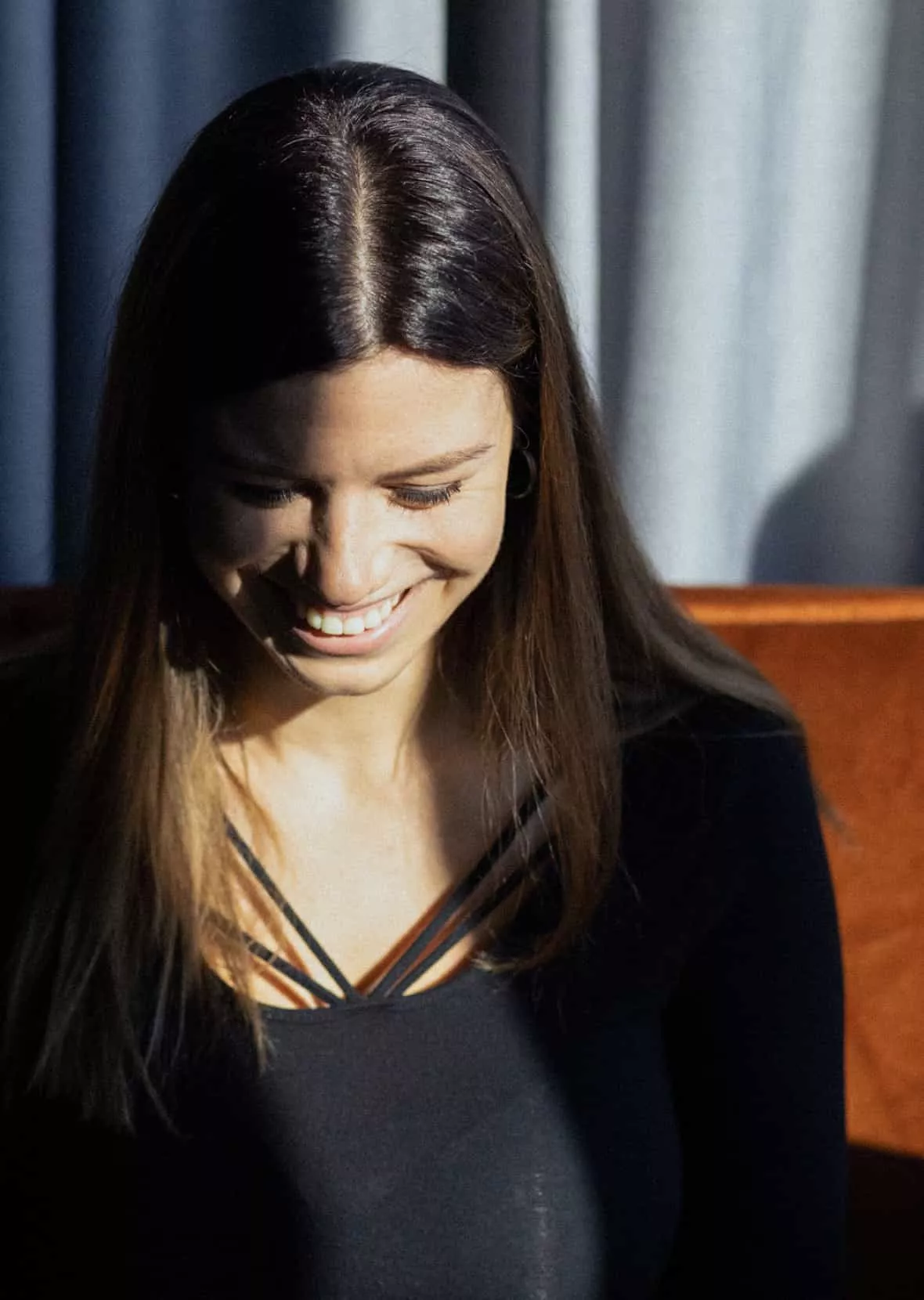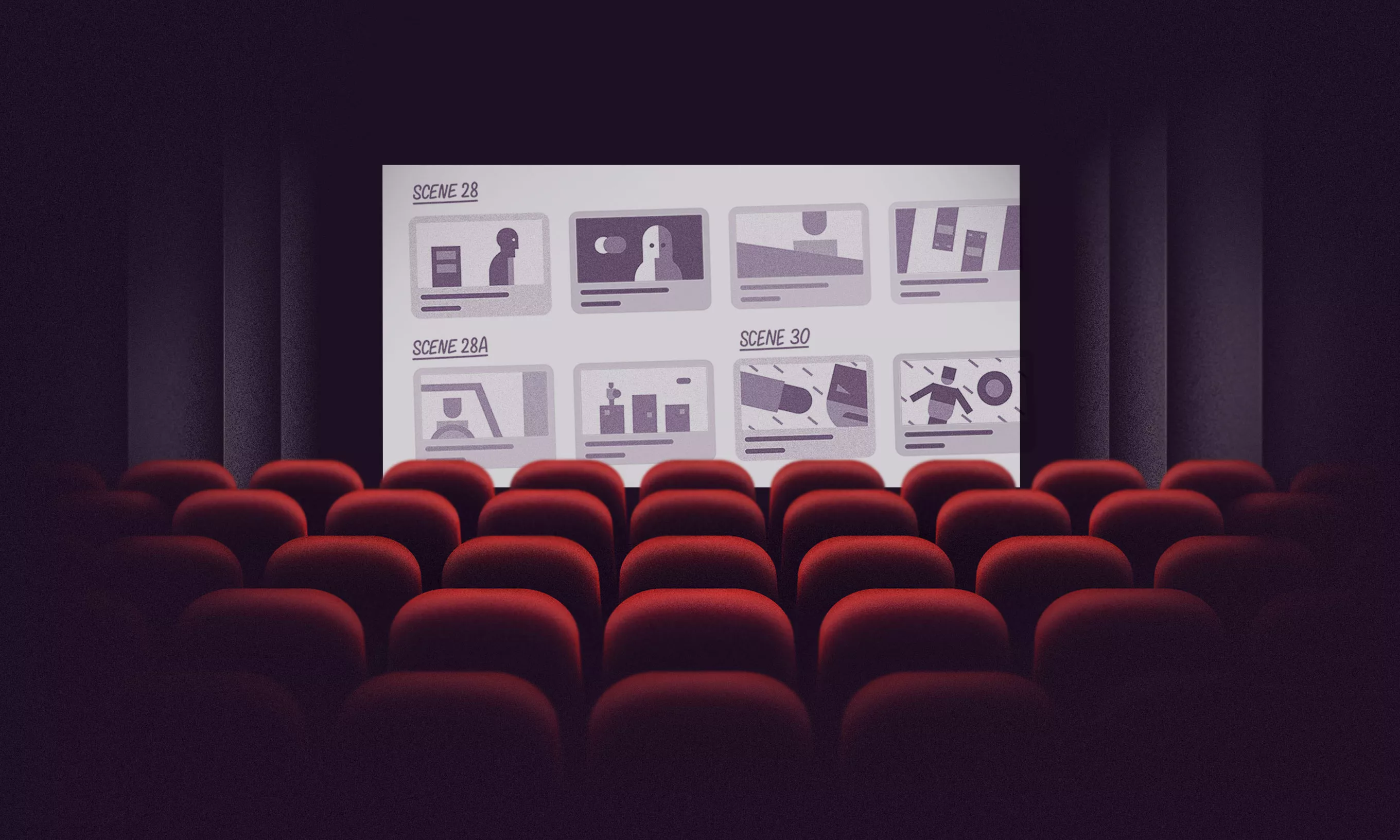Great digital products don’t start with code. They start with a clearly defined path to success. Like in any good film production, workshops help teams shape that plot together, align early, and build with purpose while avoiding costly missteps.
Every digital product ever built has a story. Some are action-packed with pivots, cliffhangers, and last-minute heroic launches.
Others play out more like dramas. The plot starts promising, but somewhere along the way the vision blurs. Teams miscommunicate, priorities shift, and deadlines stretch. In the end, the big release feels more like a calendar milestone than a shiny premiere.
Pre-production issues arise when teams jump straight into building without taking time to polish the script, cast the right people, and align on the story they want to tell. The antidote? Workshops.
Workshops aren’t just brainstorming sessions or kickoff rituals: They’re the concept discussion, the writer’s room, and the director’s briefing all rolled into one. This is where the technical, business, and creative foundation gets built.
Everyone walks in with fragments of the story and walks out with a shared narrative, a clear direction, and the confidence to move forward.
Act one: Defining the purpose
Here is a hard truth. Eight out of ten product teams admit to building features that are rarely or never used, according to Pendo. This isn’t just an inefficiency; it’s a costly cycle of wasted time and resources.
A workshop is like the film’s first creative meeting. It’s where the whole team gathers to define the vision: What kind of movie do we want to make? Why does it matter? Who is our audience, and what will resonate with them?
In this setting, teams can surface assumptions, clarify the purpose, and align on what truly matters before time and budget are spent on scenes that never make the final cut.
Act two: Crafting the plot
When a film’s writer’s room isn’t in sync, the script suffers: characters feel flat, the plot meanders, and the story never quite comes together. Product teams face the same fate without early alignment, and the end result misses the mark.
That’s why workshops are so crucial: it’s where designers, product managers, and engineers gather to brainstorm, debate, and shape the product’s storyline before a single feature is built.
To top it off, when everyone helps write the script, they feel true ownership and bring more energy to the project. Psychologists call this the IKEA effect: people value what they help create, and for product teams, that starts with the strategy itself.
Act three: Preparing the set
When cross-functional teams unite in a focused environment, much like a film crew working seamlessly on set, momentum builds and progress accelerates.
A decade-long Harvard Business Review study found that design-led companies, those embracing workshop-style collaboration in discovery and development, outperformed the S&P 500 by an impressive 228%. These organizations consistently excel in customer experience, innovation, and brand loyalty, leading to greater market share and profitability.
The reason? Design-led thinking isn’t just about aesthetics. It’s about reducing risk, solving the right problems, and maximizing the return on every innovation investment.
Ultimately, it’s a numbers game, and pairing workshops with design thinking always stacks the odds in your favor. So, wouldn’t it make sense to use this approach for any major investment?
Cutting room floor: Workshops vs. Traditional planning
Just like in filmmaking, the planning approach you choose can make or break the final product. Here’s how workshops and traditional planning compare when it comes to collaboration, decision-making, and creative ownership.
| Workshops | Traditional planning |
|---|---|
| Teams collaborate in real time | Teams receive static handovers |
| Planning evolves with feedback | Planning is rigid and top-down |
| All roles contribute equally | Decisions come from a small group |
| Creative ownership is shared | Execution is dictated with little context |
The two approaches may aim for the same outcome, but the journey looks very different. And it’s not just about process: it’s about the energy, clarity, and team alignment that carry through to the final product.
Why workshops set the right tone for the first “action”
Much like a director’s kickoff meeting, workshops bring teams together to define goals, share ideas, and build a mutual understanding from the outset. By starting this way, confusion and misalignment are avoided down the line, everyone understands the vision, and leaves ready to play their part.
Here’s what happens when you open with a workshop:
Teams stay focused and avoid unnecessary features
People collaborate effectively and reduce internal friction
Decisions are made based on real user needs
Workflows run smoothly and deliver results faster
People feel connected to the product and take pride in the outcome
Credits roll: Great products start with great preparation
You’d never start filming without a script, and you shouldn’t launch a product without a plan. Workshops help shape the story, bring the right people into the conversation, and build the clarity needed to move forward.
If you want your next product to resonate and succeed, take the time to plan it together. Reach out to us – a great workshop won’t guarantee a blockbuster, but it will ensure you’re not playing to an empty theater.











